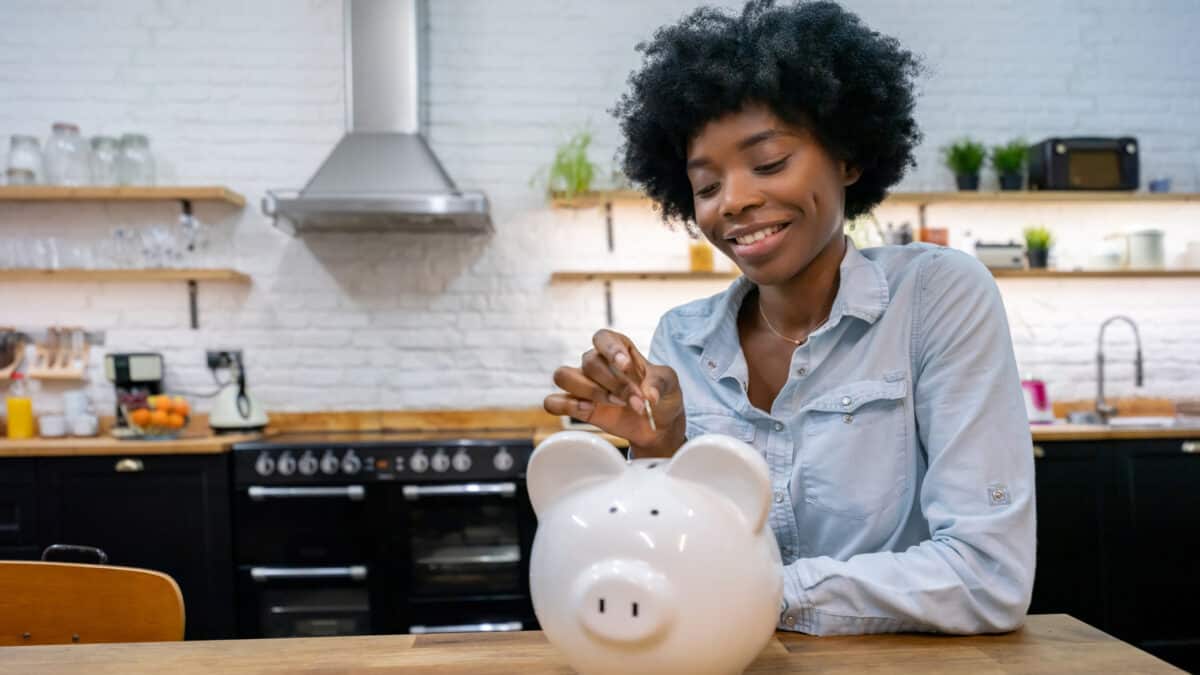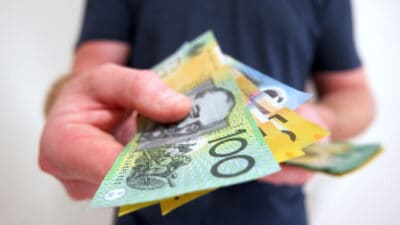As we all know (blissfully or painfully), the Great Australian Dream is to put a deposit on one's own house. As is also common knowledge, this dream has become increasingly difficult for younger Australians to achieve in recent years, with the rocket-like growth of house prices over the past decade (or three) pricing many would-be home buyers out of the market.
With median house prices in many of our capital cities now well over $1 million, even getting a deposit together means saving hundreds of thousands of dollars.
For Australians who are trying to save for their own slice of the Australian Dream, the choice between investing in shares or saving for a house can often feel binary.
So, can these aspiring homeowners do both? Is it prudent to invest your savings in the share market while trying to build up that deposit? Or should you avoid ASX shares entirely? Let's dig into these tricky questions today.
Can we invest in ASX shares AND save for a house deposit?
Luckily, a recent report in the Australian Financial Review (AFR) took a deep dive into this debate.
The report draws from the expertise of Melody Edwards, a financial adviser at Evalesco.
Edwards stated that it could be worth investing some of our savings in the share market even if buying a house is on the horizon. However, one's timeframe for purchasing a property largely dictates how much of a house deposit one should invest in the markets.
If you plan on buying a home within one year, Edwards posits that you should avoid the markets entirely:
The chance of losing capital over that amount of time is considerable… So unless you're flexible on your purchase date, to the extent you can ride through something happening, you really want to keep it more secure saving.
Edwards argues that would-be home buyers should use safe alternatives like high-interest savings accounts and term deposits to maximise returns while protecting their capital base.
It's only with at least a three-year period before buying a house that buyers should consider putting a "small portion", or 20-25% of their savings, in "diversified or exchange-traded funds.
Five and ten years out
For investors with at least three to five years until their desired property purchase date, Edwards argues that they can afford to be a little more flexible with their house deposit. But even so, she still advocates that "with three to five years, you would start increasing the growth allocation towards 50 per cent, but you'd try to diversify it as much as possible".
Again, it's index funds, such as those that track the S&P/ASX 200 Index (ASX: XJO) or the American S&P 500 Index, that Edwards believes are most investors' best option for those who deposit cash.
It's only investors with a ten-year horizon to homeownership that, according to Edwards, can afford to put around 70-80% of their house deposit base into growth assets like share market ETFs, with the remaining 20-30% holed up in cash or other defensive assets like bonds.
However, before would-be home buyers start on this strategy, Edwards cautions that they should also have "a three- to six-month buffer of living expenses". This helps ensure that if there is an unexpected financial emergency, shares won't need to be sold down at inopportune moments to cover the gap.









